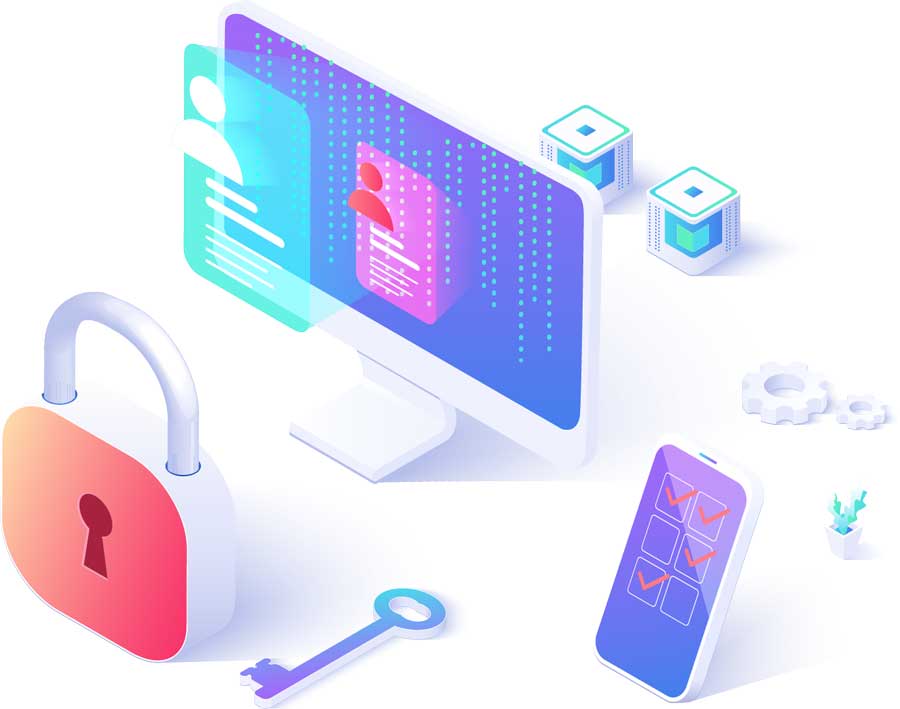In the fast-paced world of e-commerce, innovation and convenience are key drivers of success. One area that has been rapidly evolving is online payments and financial services, and neo banks are at the forefront of this revolution. In this blog post, we will explore how neo banks are disrupting the e-commerce landscape, and revolutionizing online payments and financial services.
What are Neo Banks?
Neo banks, also known as digital banks or challenger banks, are fully digital financial institutions that operate entirely online. They offer a range of financial services, including checking and savings accounts, payments, loans, and more, through mobile apps and web platforms. Neo banks are built on advanced technology, such as data analytics, artificial intelligence, and automation, to provide seamless and convenient banking experiences to their customers.
Neo Banks and E-commerce
Neo banks are making a significant impact on the world of e-commerce, transforming the way online businesses manage their payments and financial transactions. Here are some key ways in which neo banks are revolutionizing e-commerce:
Seamless Payment Experiences: Neo banks are known for their smooth and seamless payment experiences. They offer fast and secure online payment processing, with features such as instant transaction notifications, real-time spending insights, and quick fund transfers. This helps online businesses to provide a seamless checkout process for their customers, leading to higher conversion rates and improved customer satisfaction.
Competitive Fees and Rates: Neo banks often offer competitive fees and rates compared to traditional payment processors. They may offer lower transaction fees, reduced foreign exchange fees, and better exchange rates for international payments, which can save e-commerce businesses money on transaction costs.
Cross-border Payments: Neo banks are well-equipped to handle cross-border payments, which can be a major pain point for online businesses. They can offer faster and more cost-effective international payments, with transparent and competitive foreign exchange rates. This enables e-commerce businesses to expand their customer base globally and engage in international trade more efficiently.
Business Banking Features: Many neo banks offer specialized business banking features tailored for e-commerce businesses. These can include virtual business accounts, merchant services, customizable payment links, and automated accounting integrations. These features can streamline financial management for e-commerce businesses, making it easier to track and manage payments, and reconcile transactions.
Flexible Financing Options: Neo banks may also offer flexible financing options for e-commerce businesses, such as business loans, lines of credit, or invoice financing. These financing options can provide much-needed capital for businesses to grow, invest in inventory, or expand their operations, without the lengthy and cumbersome loan application process often associated with traditional banks.
Enhanced Security: Neo banks prioritize security, using advanced encryption and authentication measures to protect customer data and transactions. This can help reduce the risk of online fraud and unauthorized transactions, providing added peace of mind for e-commerce businesses and their customers.
Conclusion
In conclusion, neo banks are revolutionizing the e-commerce landscape by providing seamless and convenient online payments and financial services. They offer competitive fees and rates, specialized business banking features, flexible financing options, and enhanced security measures. As e-commerce continues to grow and evolve, neo banks are poised to play a significant role in shaping the future of online payments and financial services for businesses of all sizes. By leveraging technology and customer-centric approaches, neo banks are empowering e-commerce businesses to thrive in the digital economy.




